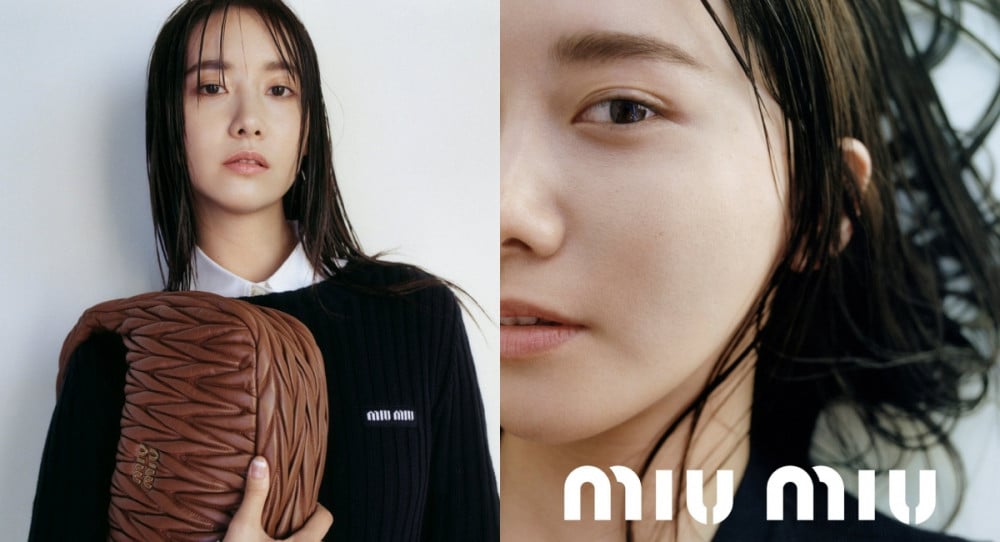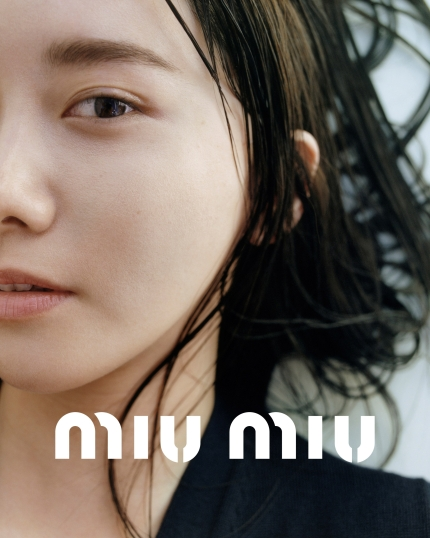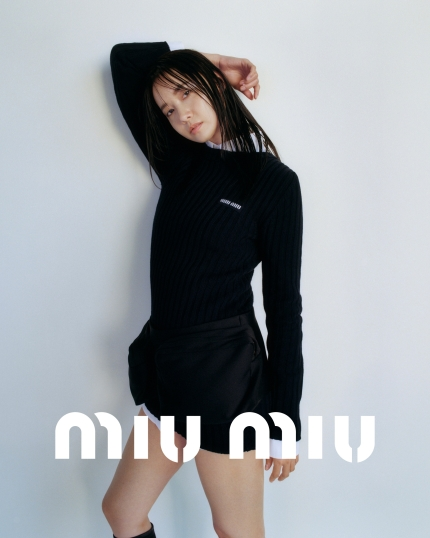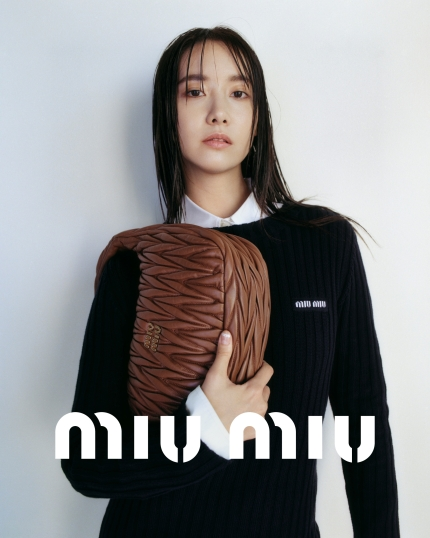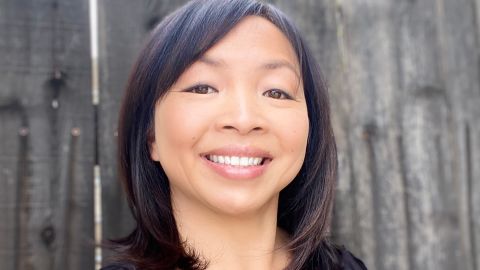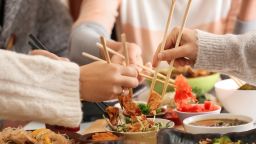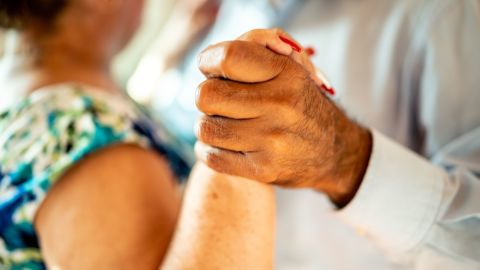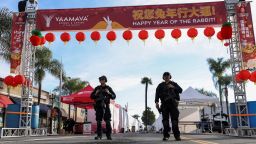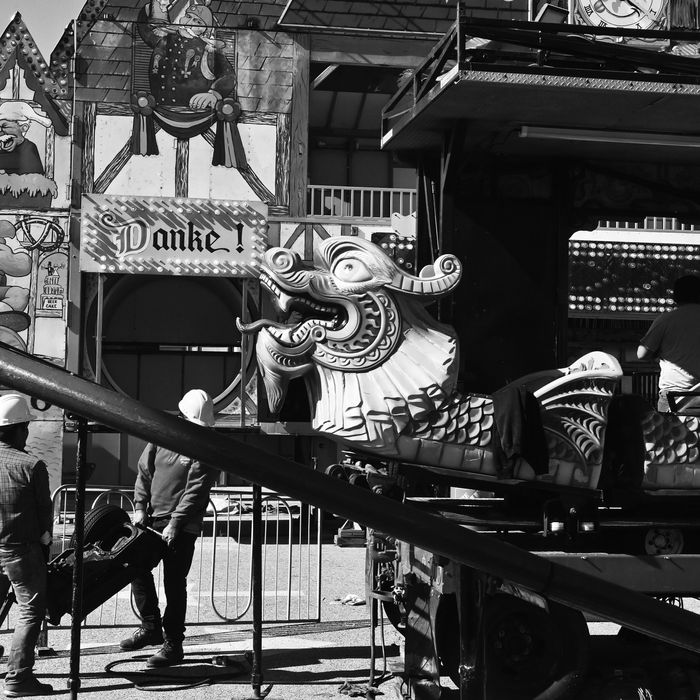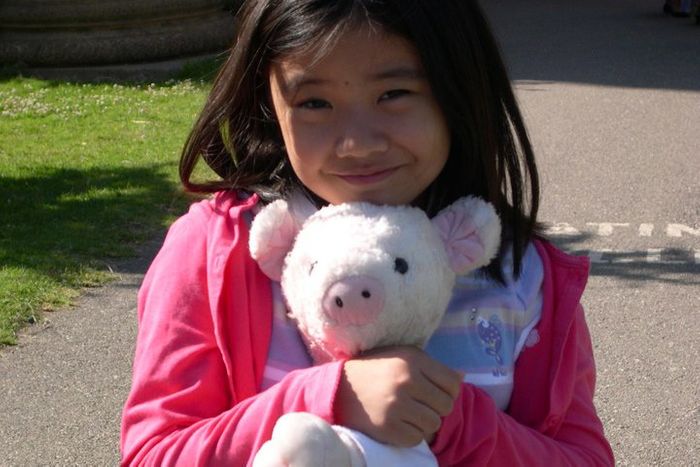
The art collective CFGNY held a conceptual fashion show at the Japan Society.
New York Fashion Week was more than 10 days away, but CFGNY, an art collective founded in New York City that challenges dominant narratives around Asian American identity, held a conceptual fashion show at the Japan Society in Manhattan on Saturday.
CFGNY, which stands for Concept Foreign Garments New York (its original name included the words “cute” and “gay”), is led by four New York artists — Tin Nguyen, Daniel Chew, Ten Izu and Kirsten Kilponen — who use art and fashion to explore the term “vaguely Asian” and how it is often used to homogenize very different cultures.
“CFGNY is a project of critique, but we’re also interested in playfulness,” Mr. Chew, 35, said backstage before the show.
Fashion show front rows usually hold fashion editors and retail buyers, but here there was a cross section of the city’s Asian and queer-friendly creative class. Attendees included Beverly Nguyen, 32, a Vietnamese American stylist and design influencer who wore a chenille skirt by CFGNY made of large bumble bee patches; Kiko Soirée, 32, a drag artist and comedian, wore white knee-high socks that read “camp”; and Doris Ho Kane, 42, a Vietnamese bakery owner and archivist, wearing orange drawstring pants under a long off-white coat.
They were joined by reality TV stars, pastry chefs, party promoters, jewelry designers, museum curators and activists.
By 7 p.m. the 350 attendees had found their places in the sprawling marble lobby that evokes a Japanese garden with bonsai trees, rock beds and shoji walls. A snaking catwalk had been carved out with temporary seating and wooden walkways over an indoor pond.
The last person to take her seat was the mother of one of the founders, Ngoc Le, 62, who came in from Massachusetts and made Vietnamese dishes for the cast and crew earlier in the day. Dressed in a conservative black dress and a single string of pearls, she filmed the crowd with her phone as she made her way through the room.
Around 7:20 p.m., the lights dimmed and a howling soundscape by Okkyung Lee, a South Korean cellist, started. CFGNY had its network of artists, influencers, designers and performers walk as models, instead of professionals. They drew from diverse pockets of the Asian diaspora.
The show opened with the artist Stewart Uoo, who served corporate realness in a sage silk shirt tucked into cobalt chinos, with a sparkly dash of rhinestone fixed to one leg. Miho Hatori, an artist and co-founder of the band Cibo Matto, wore a baseball cap with an olive green work jacket and an indigo blue silk skirt with two stuffed animals tucked inside.
Blake Abbie, 32, who stars on the Netflix reality show “Bling Empire: New York,” wore a blue shirt with English non-words. And West Dakota, a Brooklyn Liberation March organizer, wore a sheer mesh top, Jelly platform heels and a skirt made from cartoonish caterpillar patches.
There was Kawaii cuteness, references to K-pop and anime, blurred gender lines and a mishmash of sartorial references including tartan, animal prints, Western logos and parachute pants. About 13 minutes and 35 looks later, the show ended.
After the designers took their bows, the chairs were cleared, a bar was set up, and sushi was served for an after-party in the lobby. (Some guests lingered upstairs to see CFGNY’s art installation, part of “Refashioning,” on view until Feb. 18.)
A group gathered around Helen Chan, a retired real estate agent who lives in Brooklyn, impossible to miss with her big purple-silver hair. She was still wearing the bodycon mesh dress and patchwork plaid corset she wore in the show.
Ms. Chan said she was buying bananas a couple of weeks ago at the Trader Joe’s on Grand Street when Mr. Nguyen approached her to walk in this show. “My husband said, ‘Why do that? You’re a nut head,’” Ms. Chan said, laughing. When asked her age, she replied, “my mother is 102.”
"asian" - Google News
February 01, 2023 at 05:05AM
https://ift.tt/7HzfZW2
A Queer-Friendly Fashion Show That Widens the Lens on Asian Identity - The New York Times
"asian" - Google News
https://ift.tt/6chn5tK
Shoes Man Tutorial
Pos News Update
Meme Update
Korean Entertainment News
Japan News Update

